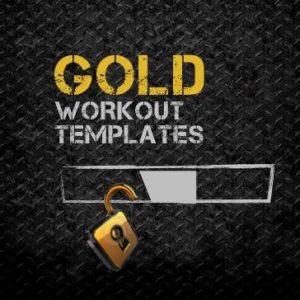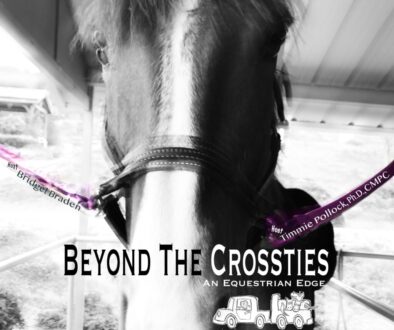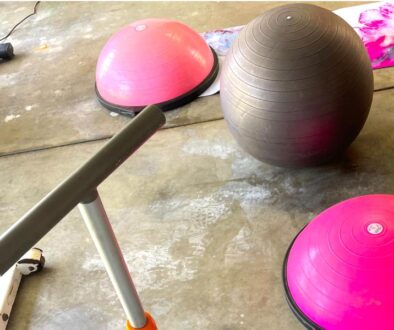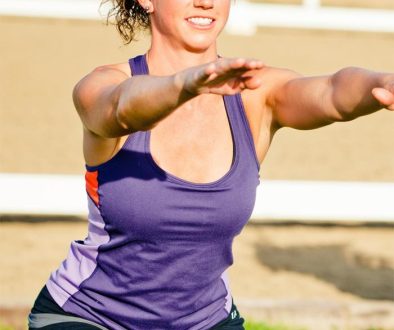Strength Training
originally published Equine Journal, April 2014
The biggest priority for all levels
of riders is to establish a firm, stable position in the saddle. No muscle works alone in the body, so it’s important to learn how they are connected and which ones to focus on. The BRF Program emphasizes the importance of six specific muscle groups that best support the frame of the rider: Trapezius, Obliques, Medial Deltoid, Latissimus Dorsi, Hip Abductors and the Soleus.
From here, rider should incorporate functional movements that will strengthen these muscles and therefore, their core.
Since lower-level riders are mostly doing 20 meter circles, long side, diagonals, half-10-meter volte’s and transitions, functional fitness for this level is making sure that both the shoulders and hips are level and even. Additionally, riders must become aware of how their body weight might be communicating false directions.
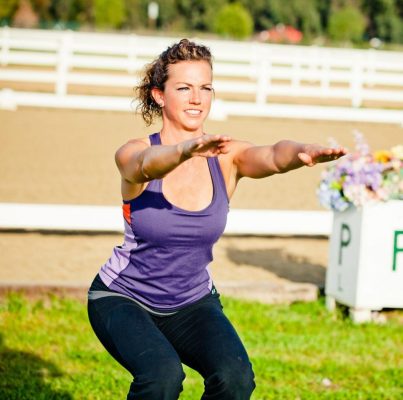
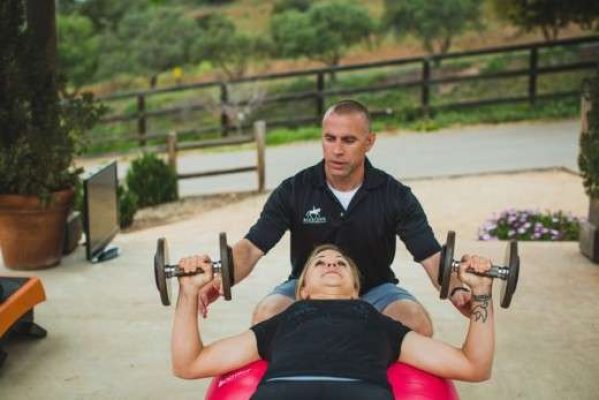
By implementing simple strength training into your program, you will not only strengthen muscles for your position, but your body awareness will increase. That’s priceless in the sport of horseback riding.
Doing exercises that are “bi-lateral” is a great way to increase functional awareness in the core from side to side. This means performing a regular chest press opposed to a single arm chest press. The reason behind this is that, in the saddle, the arms work independently, but they need to learn how to operate together. It helps the rider to have the body awareness in terms of balance between the two arms when they function. Riders should implement this with leg exercises as well.
Upper-level riders are required to do more uni-lateral work within the core. The lateral work complicates the core’s engagement and challenges it. There are always things that you must do to keep the horse in check and the core must stay engaged during this work on a horse.
Do exercise that have you moving across different planes of motion. Show the core how to recruit diagonally across the body. Teach the lower body to engage independently between the right and left leg.
Take for instance a regular squat. This is really good for the lower-level rider to know how the hips are stabilizing. The side lunge is great for the upper-level riders because each leg is focused on one at a time. Both exercises can be challenged more with a BOSU ball.
Workouts need to complement the weakness and strengths that riders have in their core, so try out different exercises and find out which areas need conditioning.




